No cat lover should have to choose between their beloved pet and an indoor plant. Unfortunately, many species of plants and trees pose a threat to a feline's health and happiness, leading to itchy skin, seizures, or even death. There is no need to fret over passing up on an indoor tree for a friend or yourself. If you were wondering if there are any cat-friendly indoor trees available, there are. Check out our list of amazing indoor trees that can coexist and thrive alongside a cat.
The following trees are cat-friendly and make a great addition to your home.
- Banana Tree
- Money tree
- Autumn Olive
- Parlor Palm
- Bottle Palm
- Royal Palm
- Iron Tree
- Japanese Pittosporum

If you or someone you know has a cat but desires to add indoor trees to spruce up their home, get ready to learn more about some fantastic cat-friendly plants. Provided a cat doesn't have a problem with chewing on leaves or using a planter instead of kitty litter; these trees should thrive with a feline.
1. Banana Tree
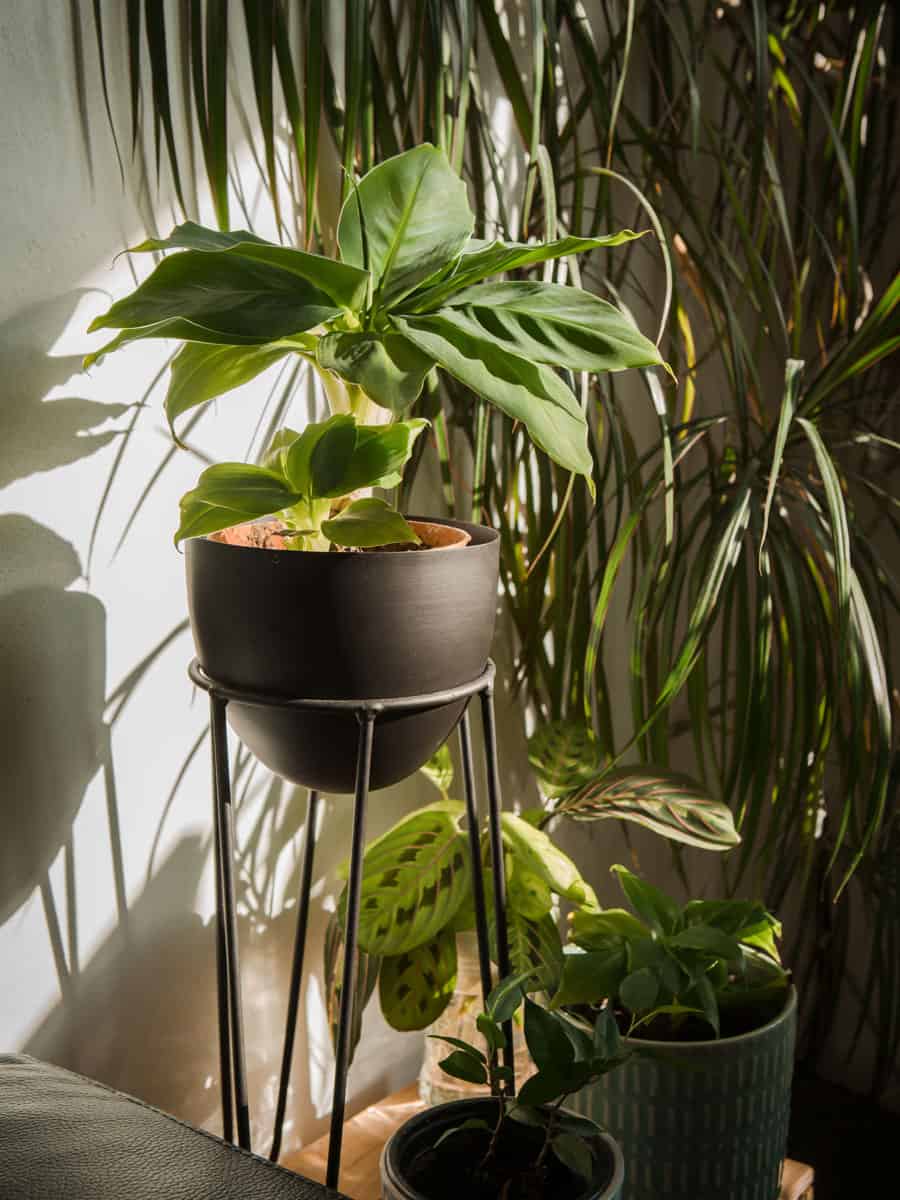
Banana trees, also known as Musa acuminate, are famous indoor tree that is non-toxic to cats. Underneath all of that green leafy foliage and curious trunk, banana trees are not trees but the world's largest herb and flowering plant. It is best to grow a banana tree in zones 9 through 10, in well-draining soil with a pH of 5.5 to 6.5. Cats and plant lovers may be mesmerized by the banana's broad leaves that measure between 2 to 9 feet long. And, depending on the variety of banana plants you choose, it might bear fruit!

Check out this hardy variety of banana trees on Amazon.
2. Money Tree
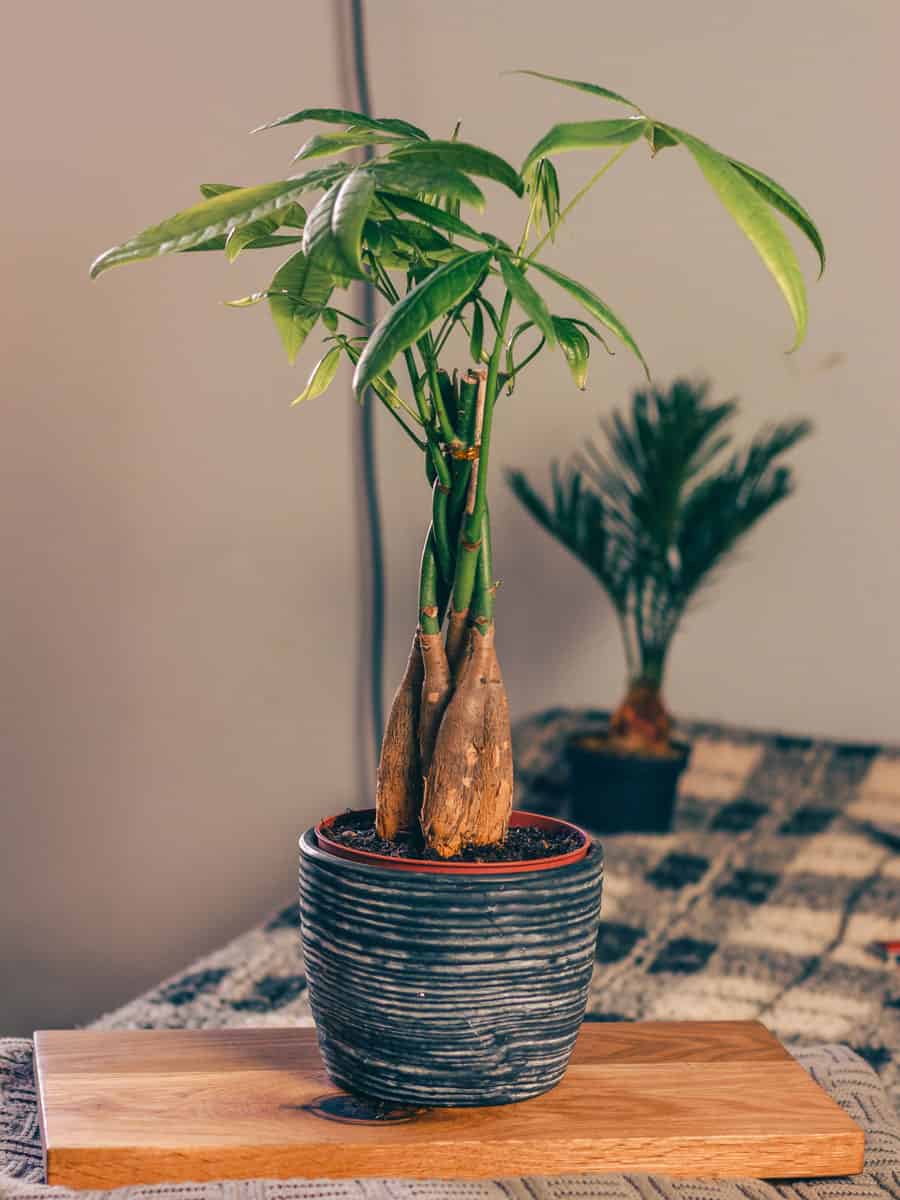
Most money trees are non-toxic to felines, except for the Jade variety. The scientific name for a money tree is Pachira Aquatica, and cat lovers should dissuade their furry friends from chewing on the leaves, lest they get an upset tummy. Money trees are recognizable by their winding or braided trunks, bringing good fortune to their owner, and large palmate leaves. More significantly, mature trees may display edible flowers, nuts, and seed pods. Grow this tree in high humidity, with bright, indirect light, in well-draining nutritious soil. Money trees prefer to grow in zones 10 through 11.

Check out this elegant Money Tree on Amazon.
3. Autumn Olive
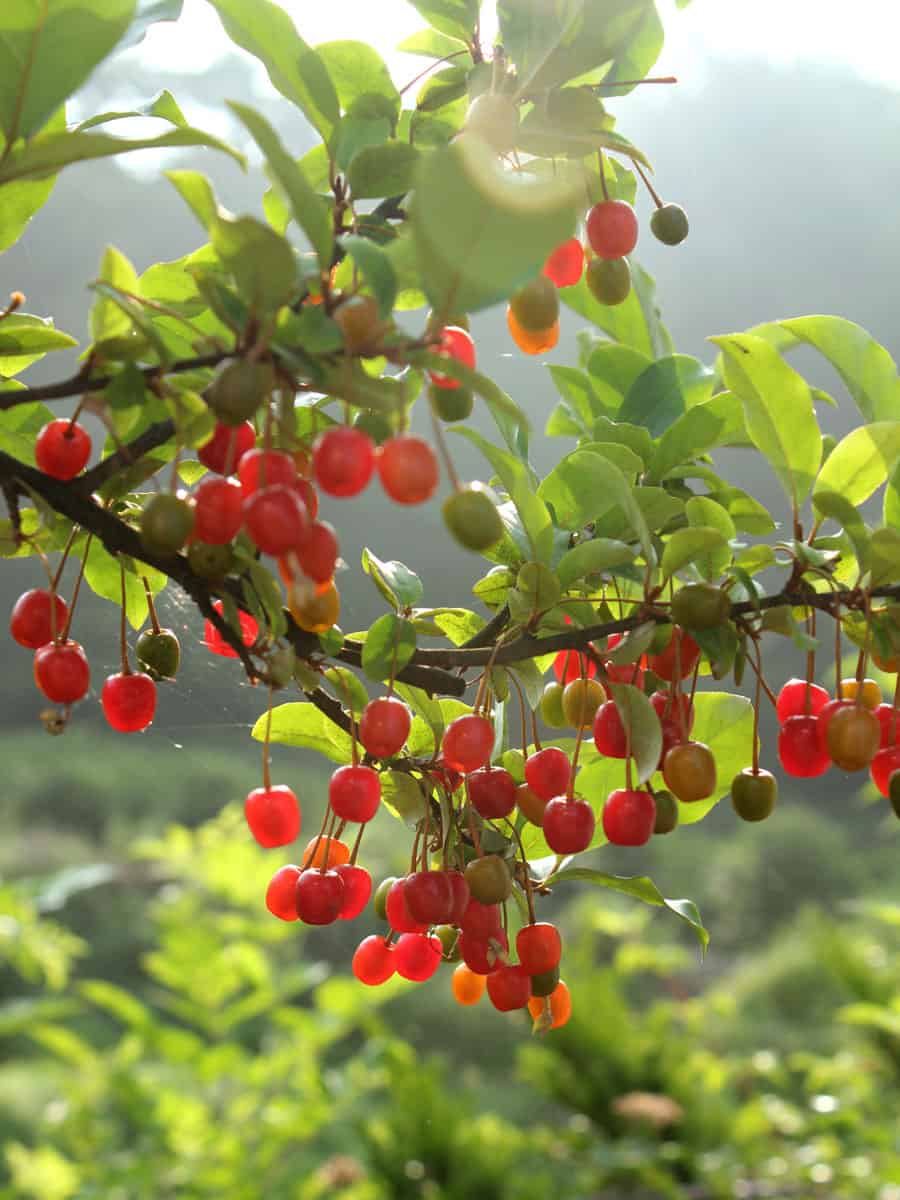
The Autumn Olive or Elaeagnus umbellata is an ornamental shrub treasured for its silvery underside on its pale green leaves, red fruit, and attractive trumpet-shaped flowers. Plant this plant in moist, well-draining soil and grow in zones 4 through 9. Prepare for a fast-growing plant that is tolerant of drought, grows in a round to oval shape, and offers plenty of visual appeal with dramatic flowers. Although a good choice for growing indoors and was introduced to the United States from native China, Japan, and Korea, outdoors this is an invasive species that can grow in mineral-poor soil.
Check out this gorgeous Autumn olive on Amazon.
4. Parlor Palm
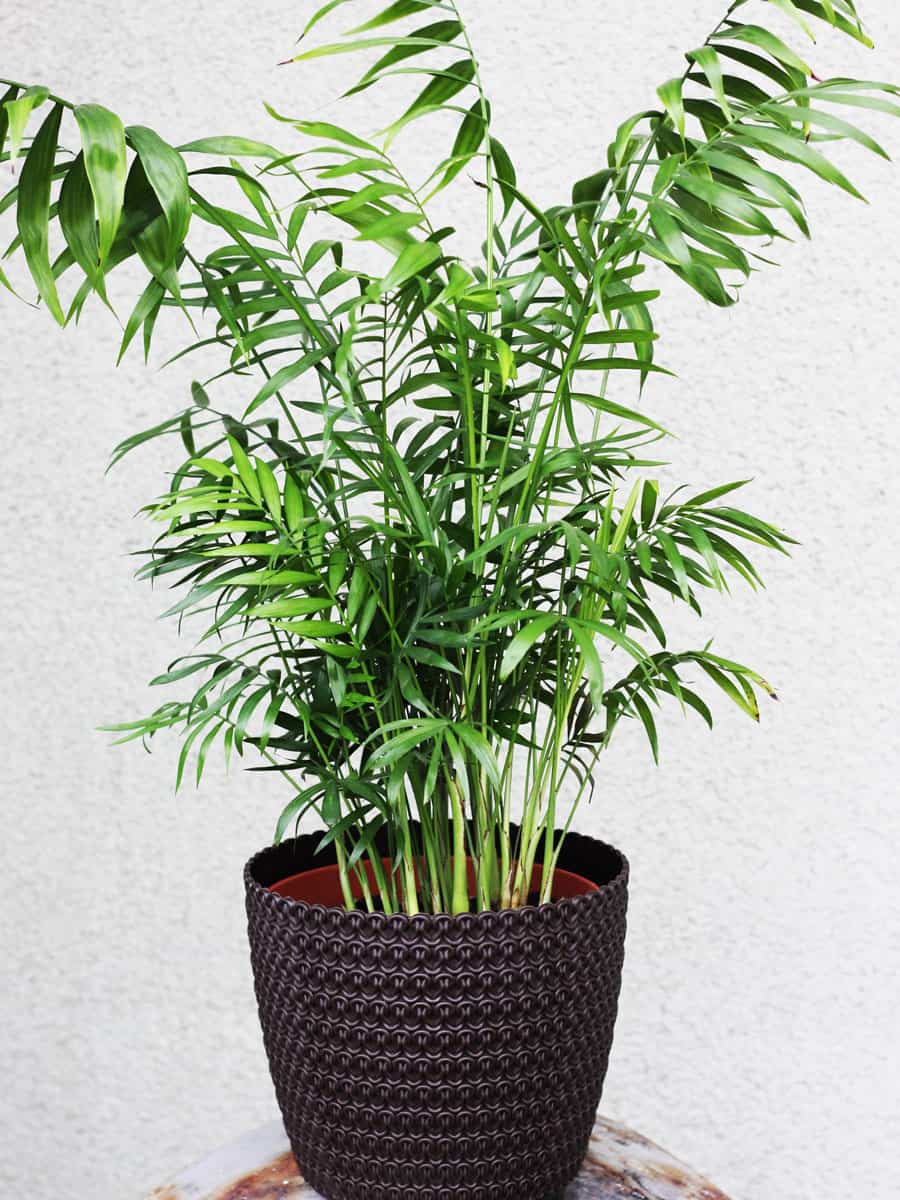
Bring home one of the few genuine palms that are attractive, a native of the tropics, and non-toxic to cats. The Parlor Palm, or Chamaedorea Elegant, is also known as the Bamboo Palm or Good Luck Palm. Indoors the Parlor Palm grows between 2 to 6 feet in height and 2 to 3 feet wide, with delicate leaves that erupt from various clumps. For best results, put this tree in high-quality potting soil, giving it bright, filtered light, and average humidity. Outdoors, this plant likes to live in zones 10 through 12.

Check out this air-purifying Parlor Palm on Amazon.
5. Bottle Palm
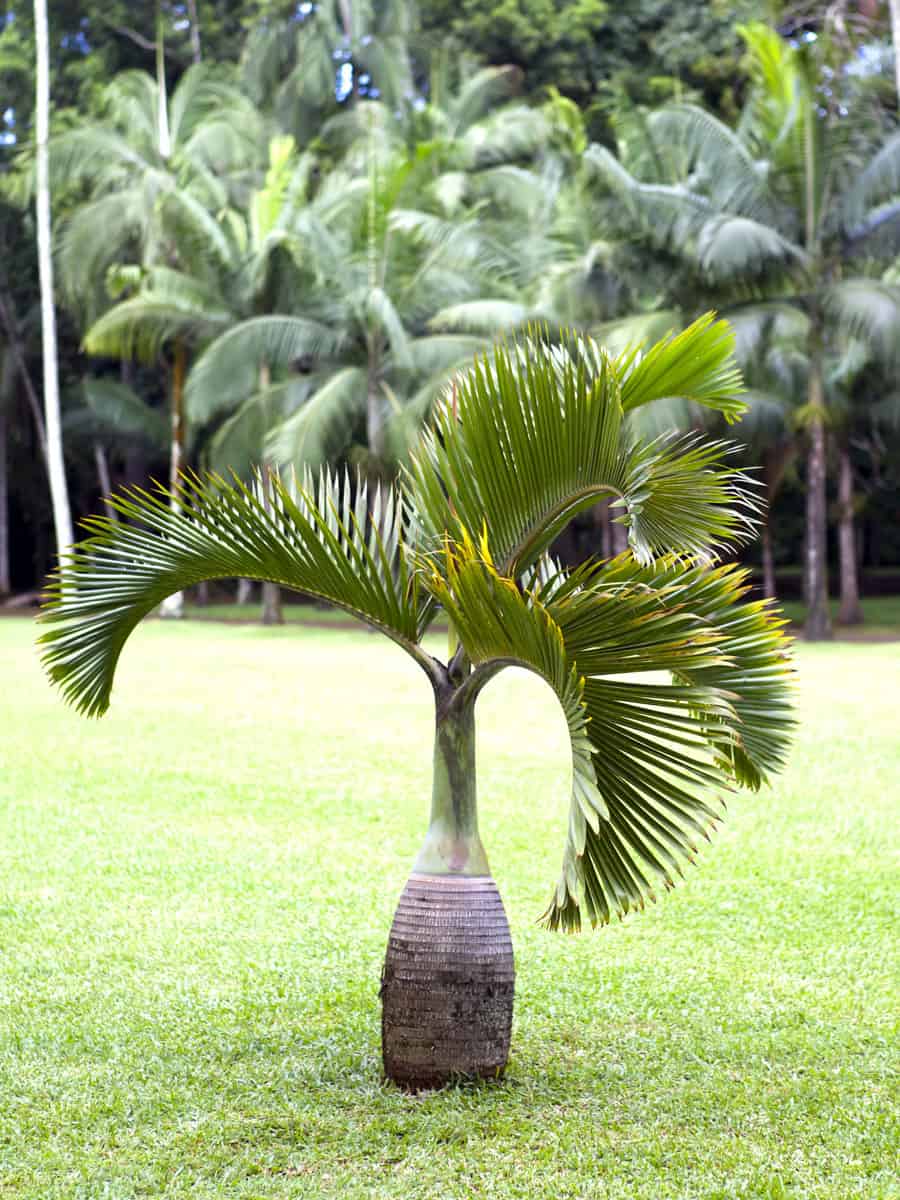
The Bottle Palm is unmistakable because its trunk looks similar to a bottle. A native from the Mascarene Islands, the Bottle Palm, or Hyophorbe lagenicaulis is a real palm with a sturdy trunk and feathery leaves. Many love keeping this plant as a dwarf variety indoors or on the patio, as it thrives in zones 9 to 11 outdoors but 4 to 11 indoors Other colorful names for this plant, which is a relative of the yucca and lily, are Elephant-foot tree or Ponytail Palm. Indoor gardeners enjoy growing the Bottle Palm as it thrives in containers with commercial-grade potting soil and bright light.

Check out this whimsical Bottle Palm on Amazon.
6. Royal Palm
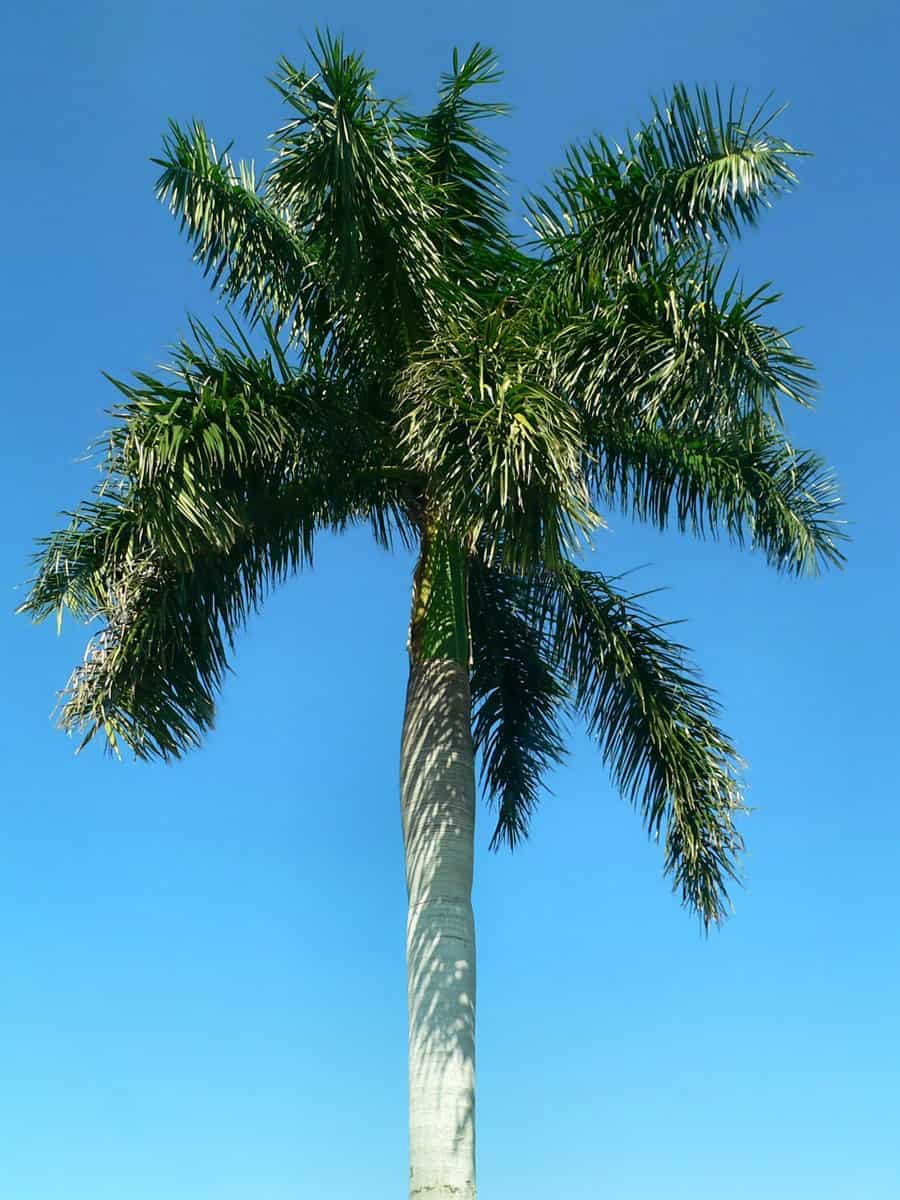
The Royal Palm or Roystonea regia, is a native of Mexico, Southern Florida, the Caribbean, and parts of Central America, and prefers to grow in zones 10 and 11 when outdoors. You can recognize the Royal Palm for its smooth trunk that tapers toward the top, incredible height, and pinnate leaves of brilliant green displayed on fronds. The leaves may measure 8 inches long, but the fronds may average 10 feet in length, with 10 to 15 fronds making the crown of the tree. Grow a Royal Palm in well-draining soil that is moist with plenty of full, bright sunlight to thrive.
7. Iron Tree
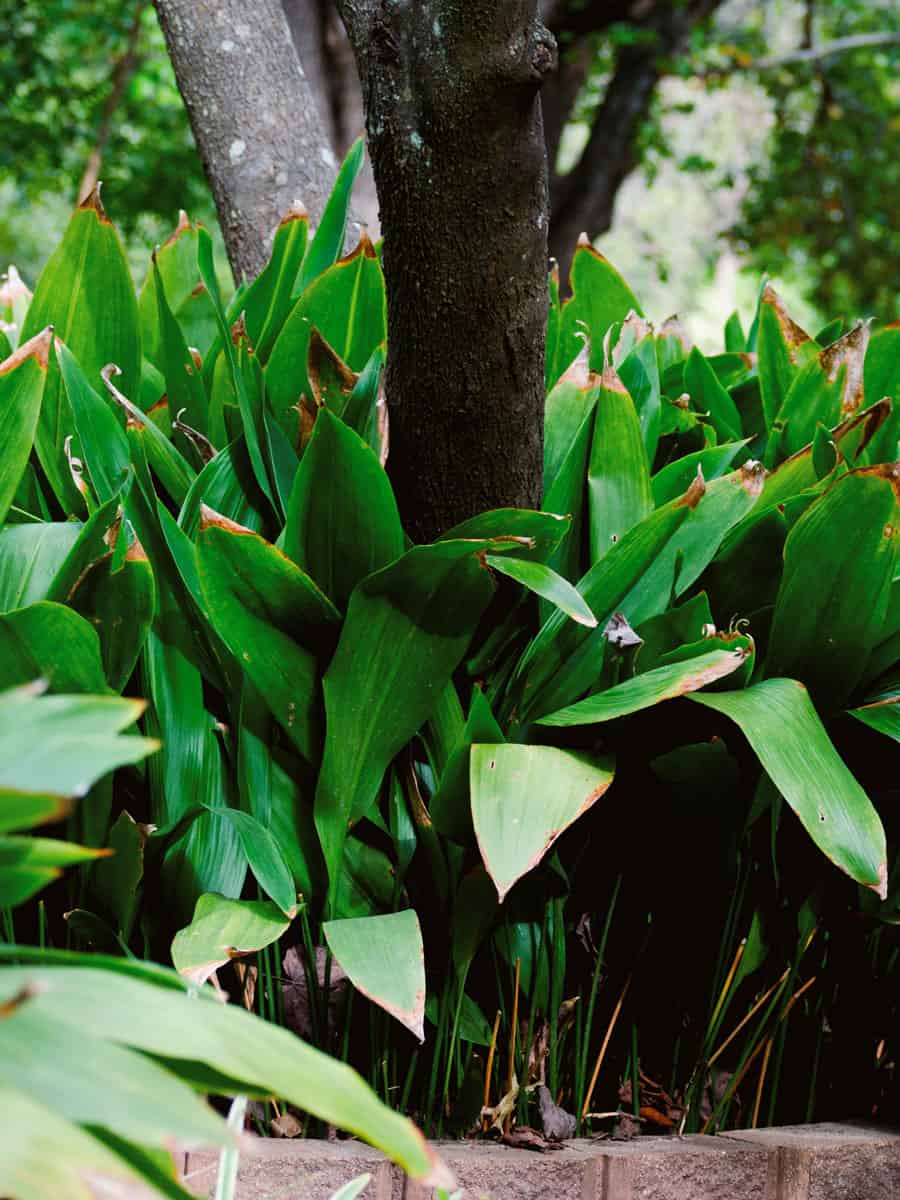
lant and cat lovers alike appreciate the Iron Tree, or Cast Iron Tree for its resilience, drought resistance, and low-maintenance care. Also called the Flame of the Woods or Maui Sunset, the Iron Tree is a part of the lily family and prefers to grow in fertile soil in zones 7 through 11. Keep this plant happy with moist soil and avoid cold temperatures and drafts during warmer months. The Iron tree is recognized for its lush, glossy dark-green leaves, ability to tolerate low-light environments and slow growth.

Check out this vibrant Cast Iron plant on Amazon.
8. Japanese Pittosporum
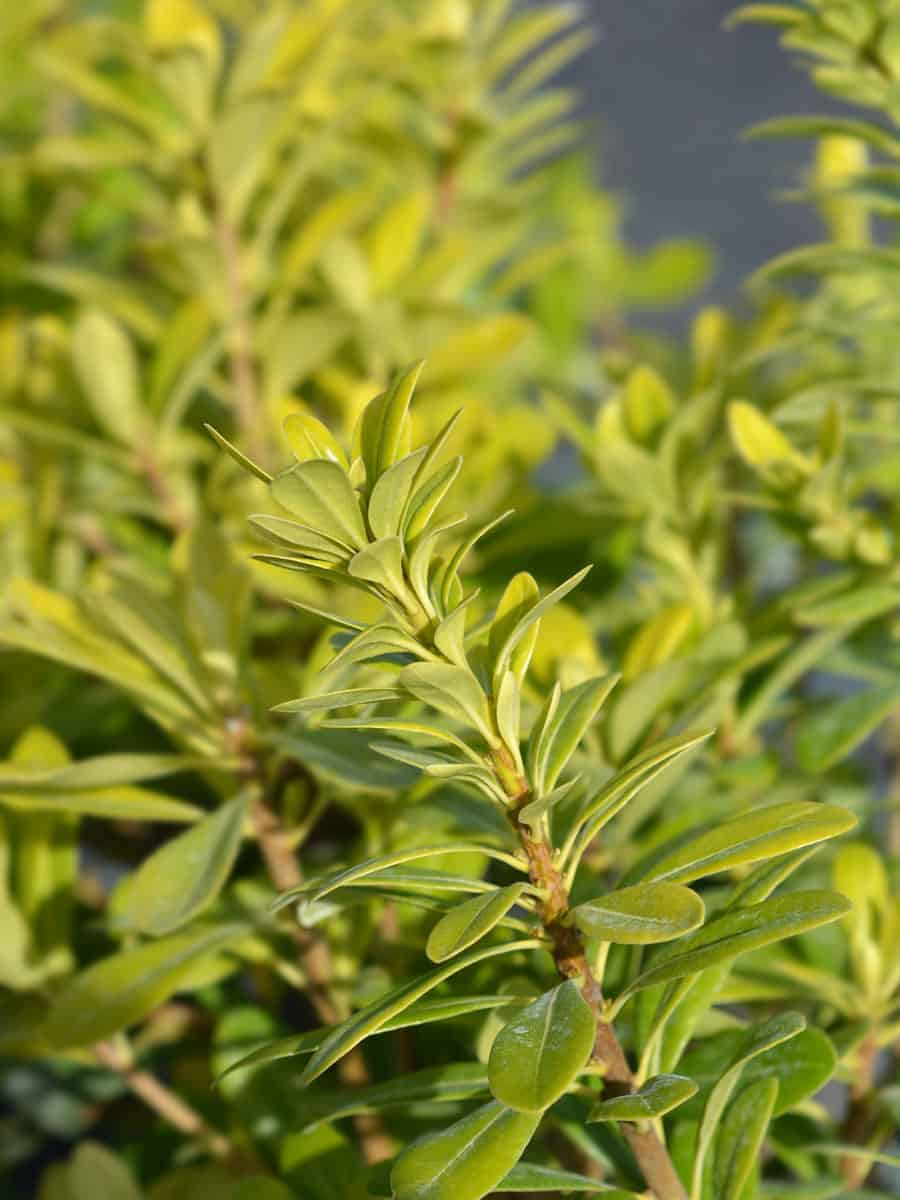
Gardeners fall in love with the Japanese Pittosporum or Pittosporum tobira, which has sweet orange-blossom-scented flowers and stylish ovate leaves. Primarily, this evergreen shrub is popular for its use as a hedge or barrier and is tolerant to drought and heat. It is best to grow the Japanese Pittosporum in soil that is clay or sand, well-draining, and receives a mix of partial shade and full zone. Ideally, grow this native shrub or tree from China and Japan in zones 8 through 10.
Bring Home A Tree That Is Safe For Cats
If you are new to keeping an indoor plant around a pet, make sure that your furry family member doesn't claw, bite, or chew on the foliage. Sometimes animals can develop discomfort or gastrointestinal issues from chewing on houseplants. When in doubt, keep plants in spaces that are hard to reach for kitty, consult your veterinarian if concerned, and opt for dwarf or bonsai varieties of indoor trees.
Click here to read more articles related to indoor trees.
How To Make Houseplants Grow Faster?
